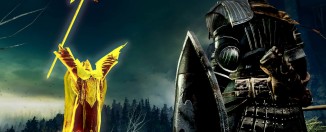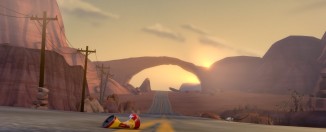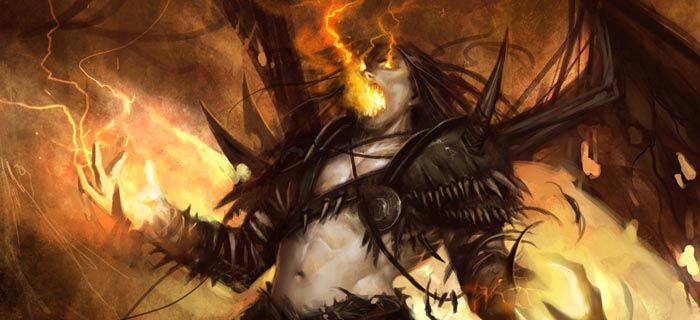Story in Multiplayer Games – by Xiant
From time to time, Top Tier Tactics will feature guest articles with particular depth or insight into gaming, strategy, and the great beyond. The following is a guest article by Xiant the Terrible. To read more by Xiant, click here.
This idea came to me when Valve, the creators of Team Fortress 2, began giving a story to that game. On the face of it, a solely multiplayer game like Team Fortress 2 or Blacklight Tango Down don’t really need a story. Team Fortress Classic didn’t, and there aren’t that many actual wholly multiplayer games out there. Sure, games like CoD, Battlefield and MoH are mostly multiplayer, but there’s a story behind the maps you play on. If you had the audacity to play the single player and enjoy it, you’d recognize some of the maps as set pieces from the game. Not so for fully multiplayer games. The maps you play on were built, ostensibly, for players with no regard for background or flavor. As long as they functioned for death match of CTF or territory control, who cares?
That misses the point, though. Every game out there has an art style unique to it and it alone. What informed the decisions the artists and level designers made was not simple ergonomics. There are ideas and stories that go with any one of the maps you can think of. The dark, war-torn world of Blacklight and the strange pseudo America of TF2 came into being because someone thought there was something to say with the environments, the way buildings stood, their colors, the color of the water and the sky, the action around the maps. All of this has some tale to tell, but no one seems to care, so long as the maps are balanced and fun to play.
When Valve began implementing a cannon to TF2, I was ambivalent, but I realize now how important all they’re doing is. Sure, we don’t stop playing to examine the environments around us in these games, but maybe we should. If we don’t, all the work hundreds of people put into making those environments is for nothing. You end up with a map like Orange_X3 and all its variants. There is nothing to say about these maps. They are functional. That’s all.
But there’s life in the real maps, just like their is in a book or a comic or graphic novel. The question that follows, therefore, is why we appreciate multiplayer games versus why we appreciate the work of art that is literature? If we value one far more than the other, as is actually the case, why is so much work put into the games to make them feel like there are words to write about them when almost no one plans on writing? What if we didn’t read books, but merely used them as page turning simulators without the simulator. Every page is blank. It’s just turning pages. That’s the same idea as bland multiplayer maps. When you play them, you’re just going through the motions of play. There’s no consideration to the artistic value of the surroundings.
We enjoy a lush setting for books and movies and art, why not for games? They’re games, we say. There’s nothing in them, let alone multiplayer games. Valve, in their unending quest to break boundaries, sees that there is a value in the story that surrounds a game where no one cares about the surroundings. Stunning vistas no one looks at carry just as much, if not more, weight than those examined in detail. They are all the more sweet to enjoy when you finally look at them, or when someone decides you should take a little time and view them.







[…] of my earliest articles on TopTierTactics was about story in multiplayer games, dealing specifically with Team Fortress 2. At the time, TF2 was just beginning to get its own […]